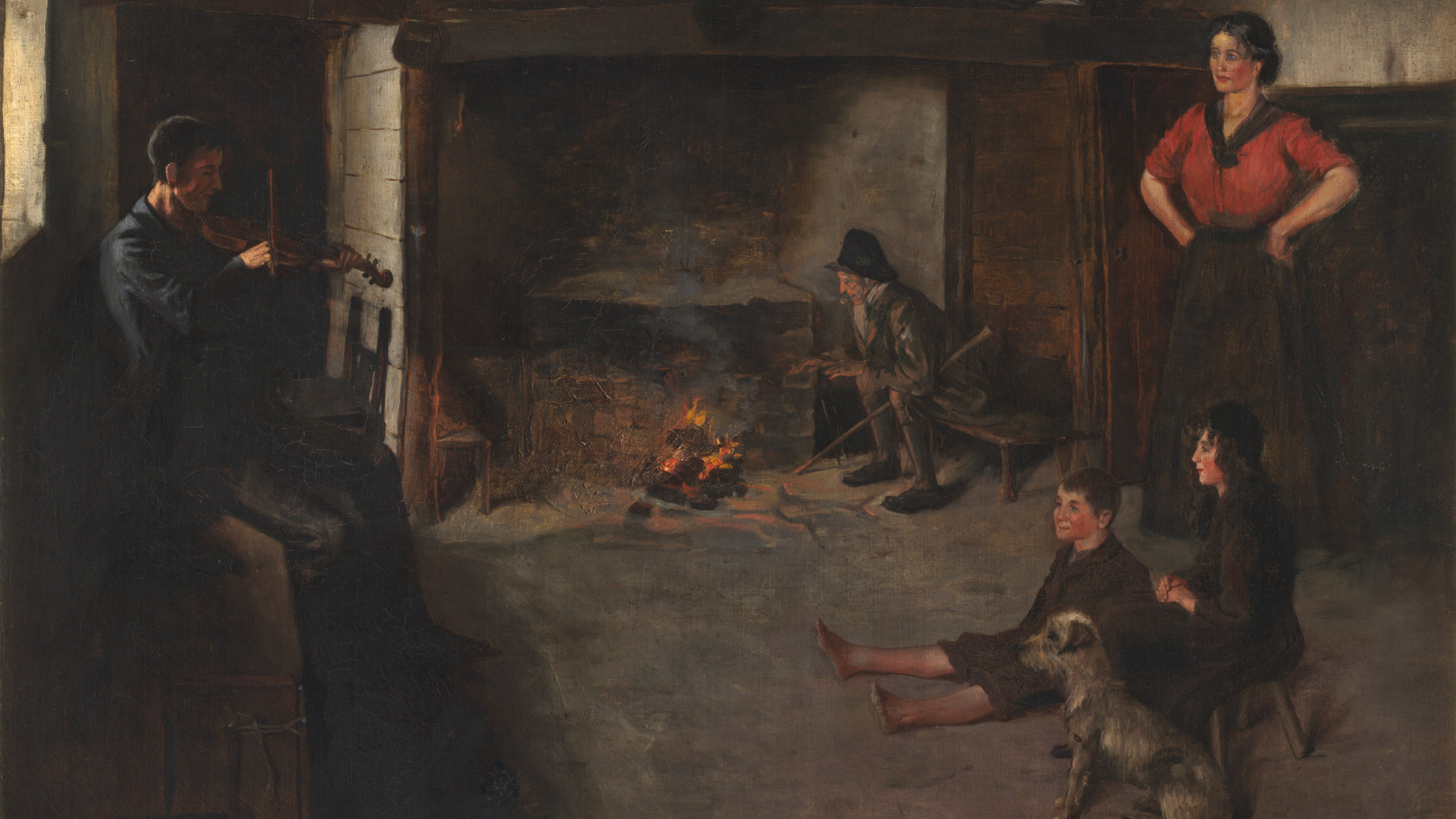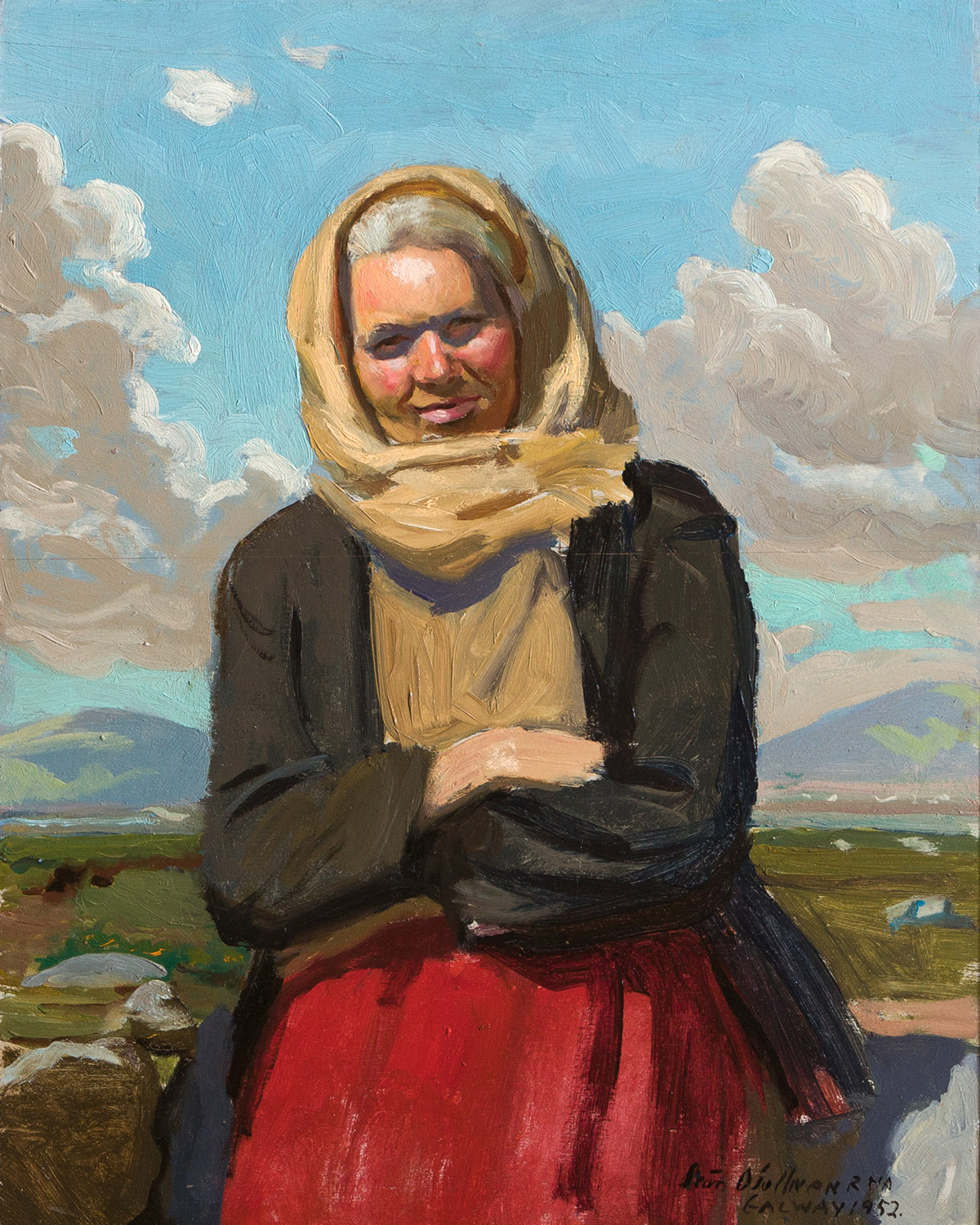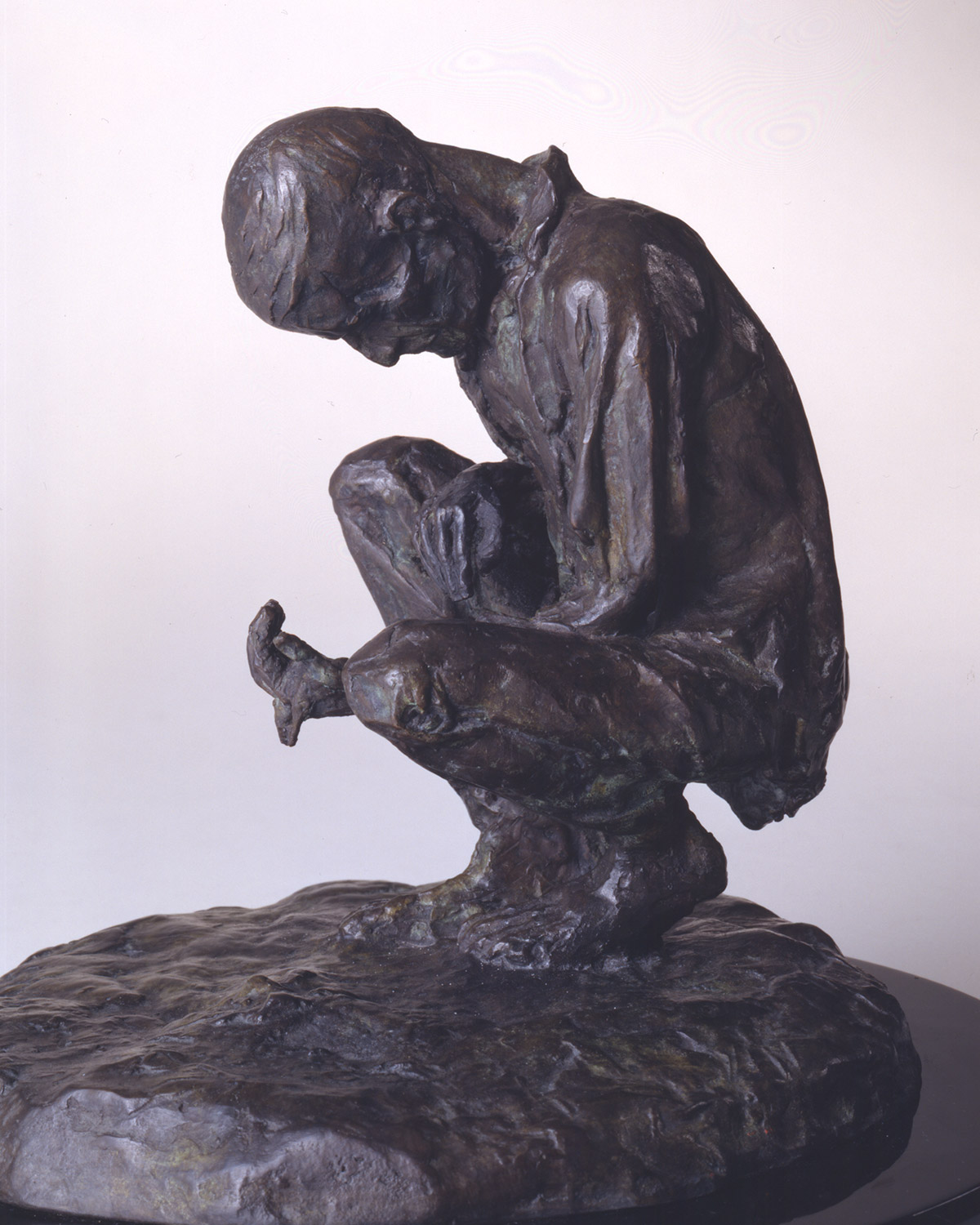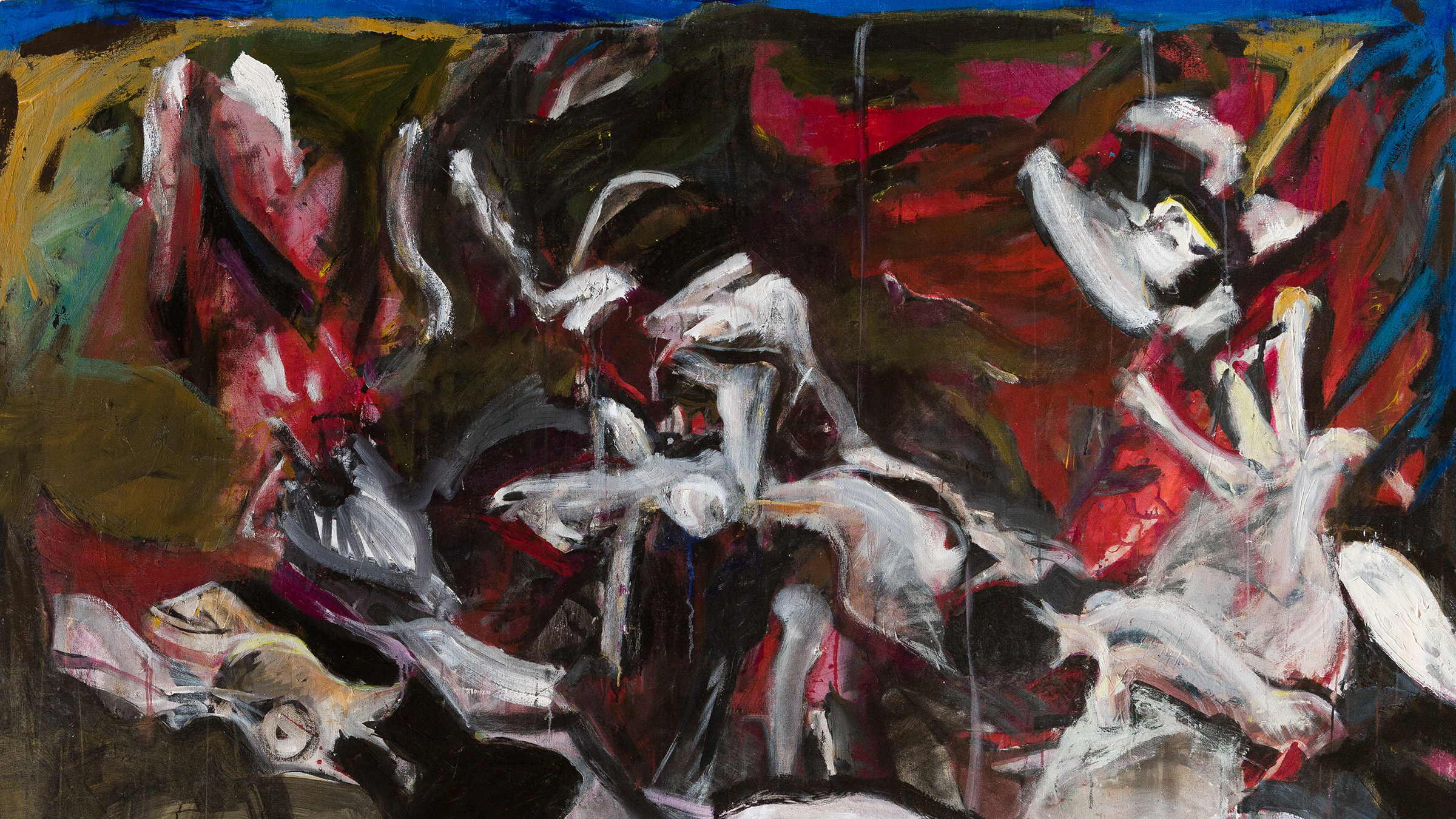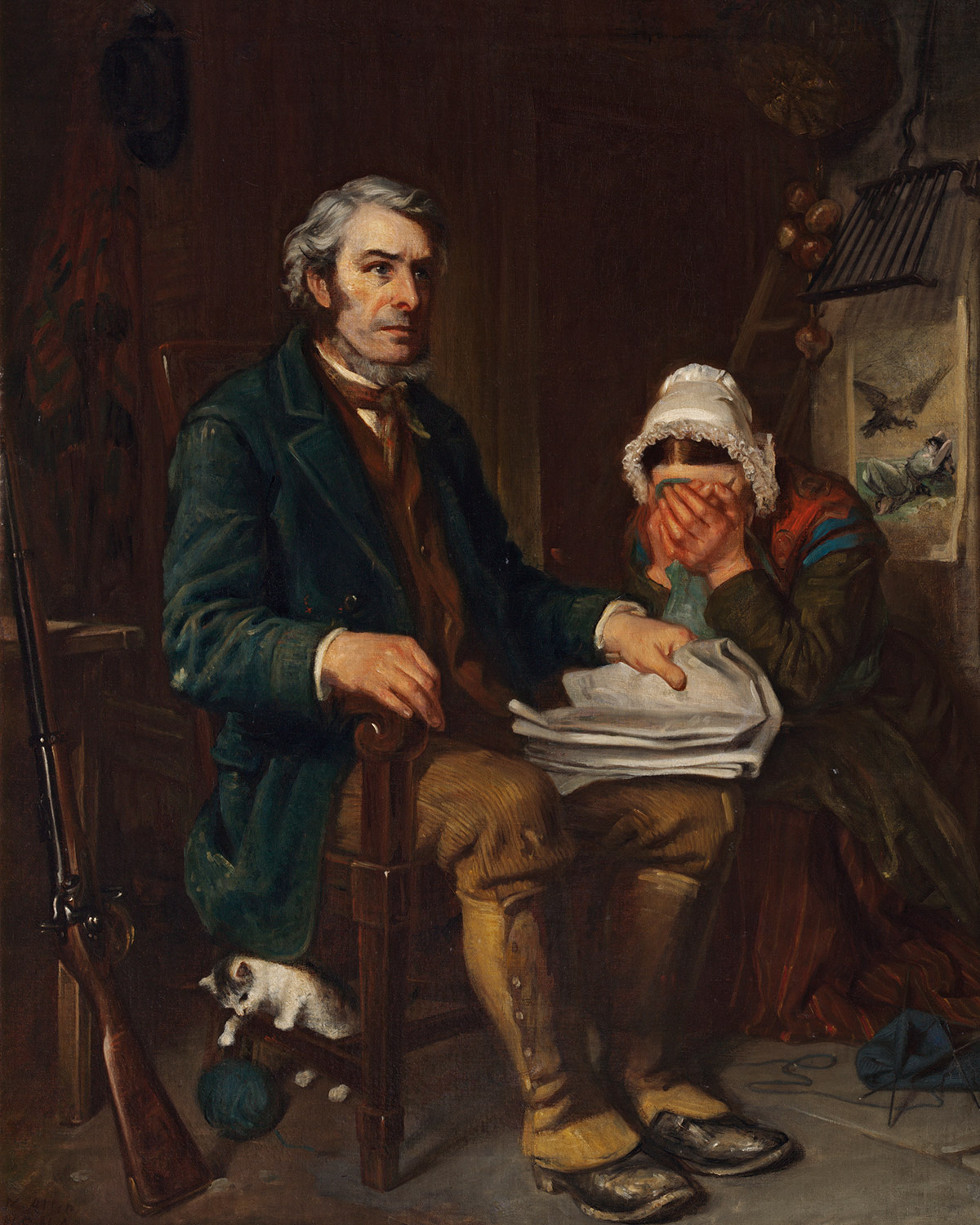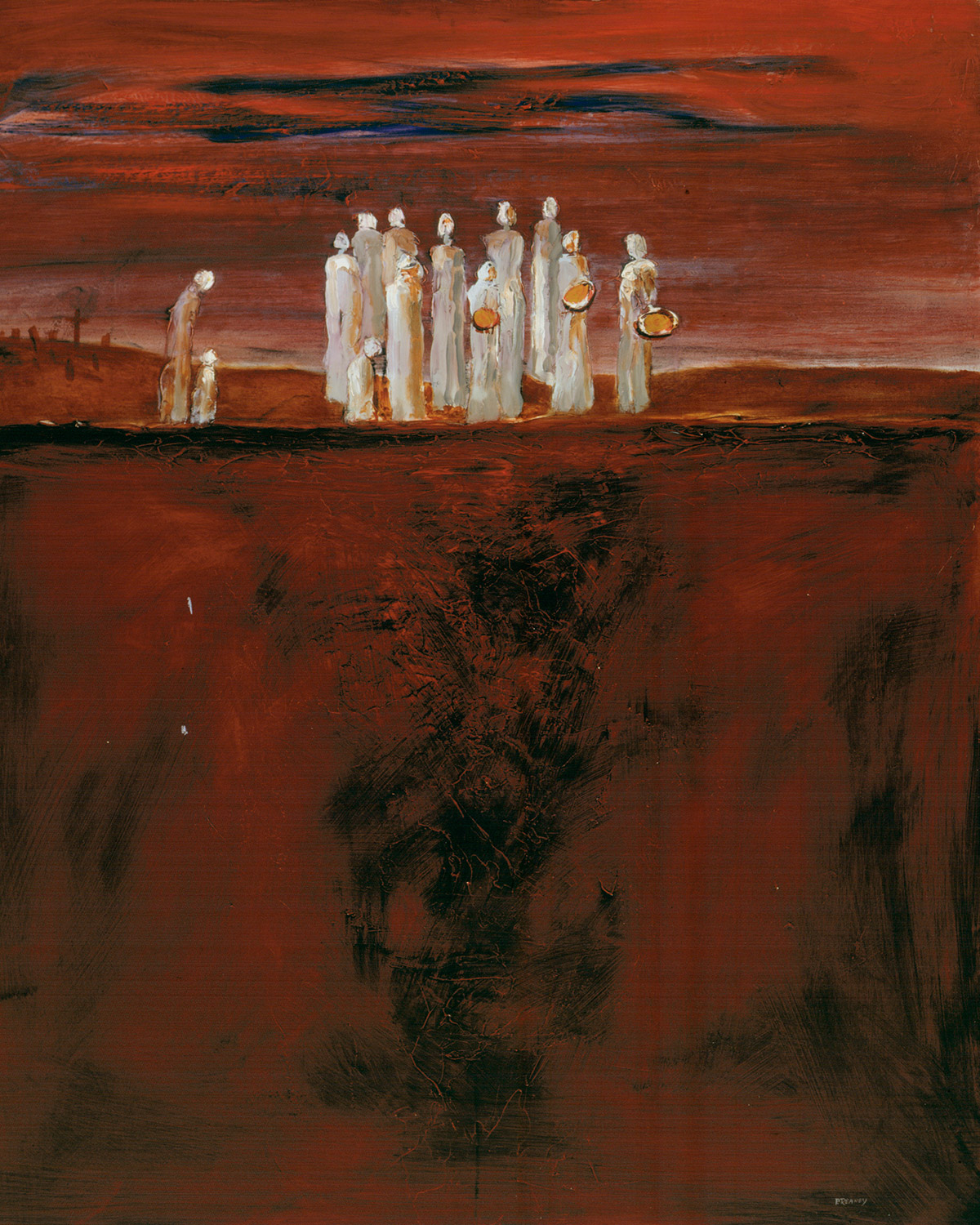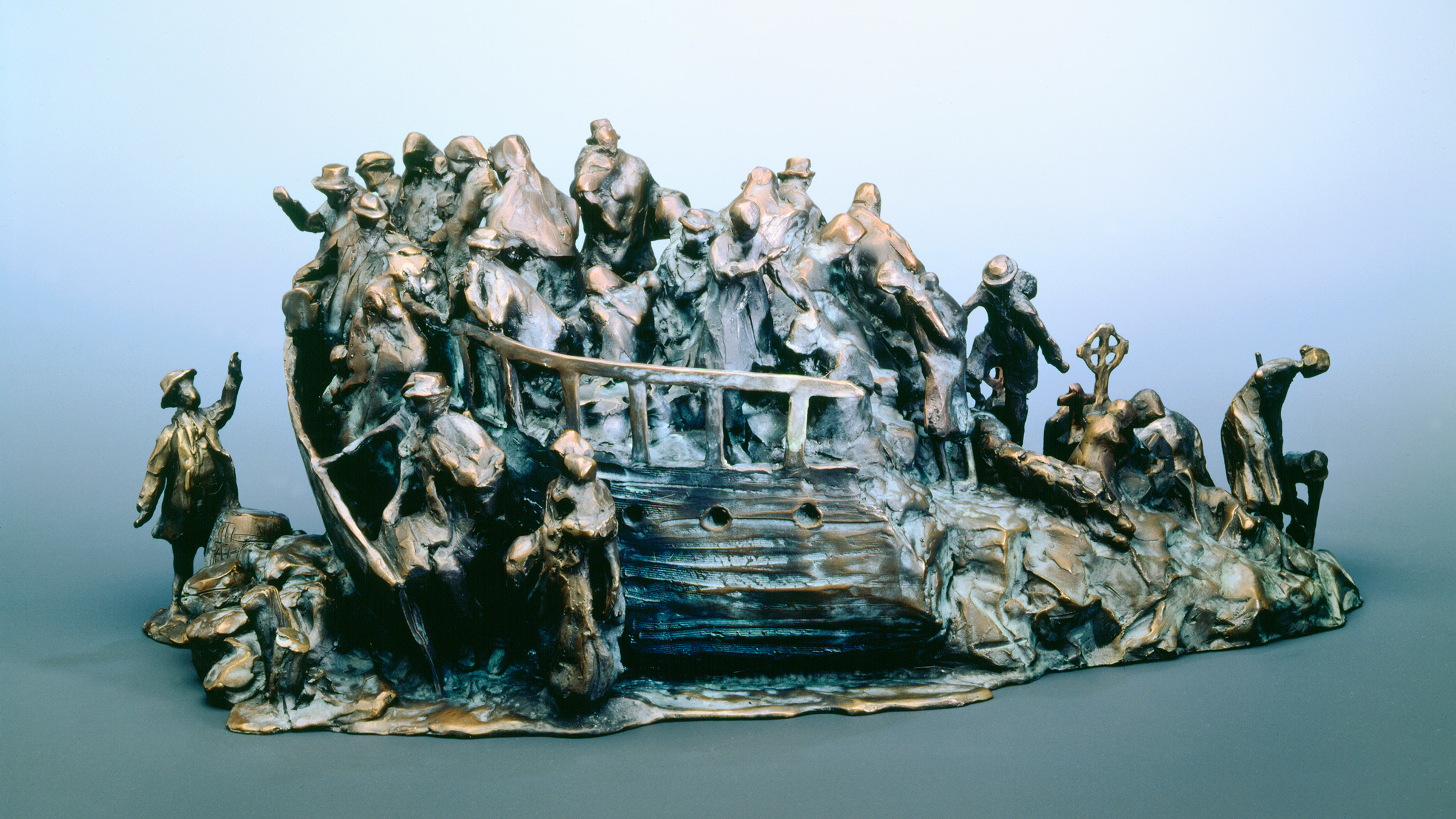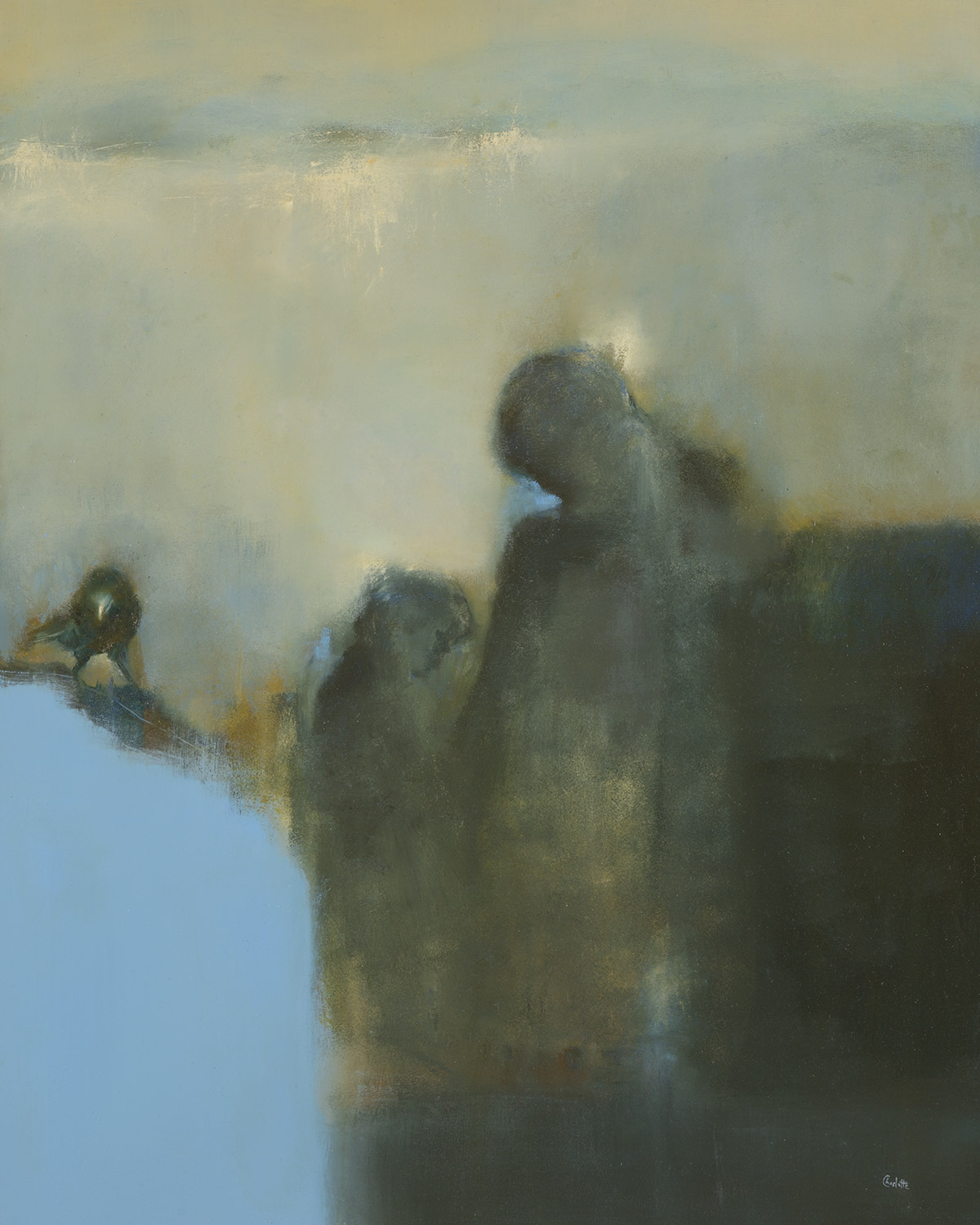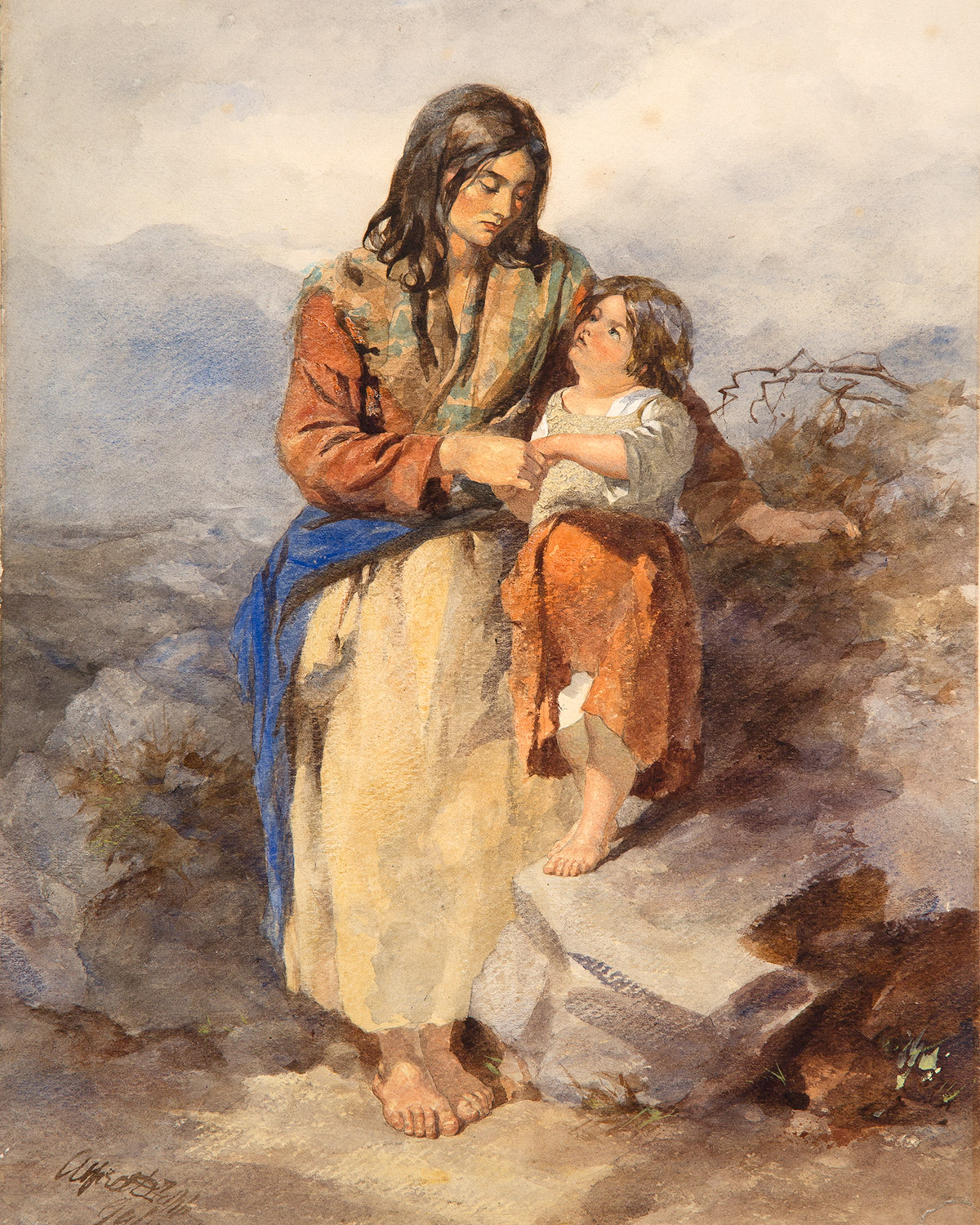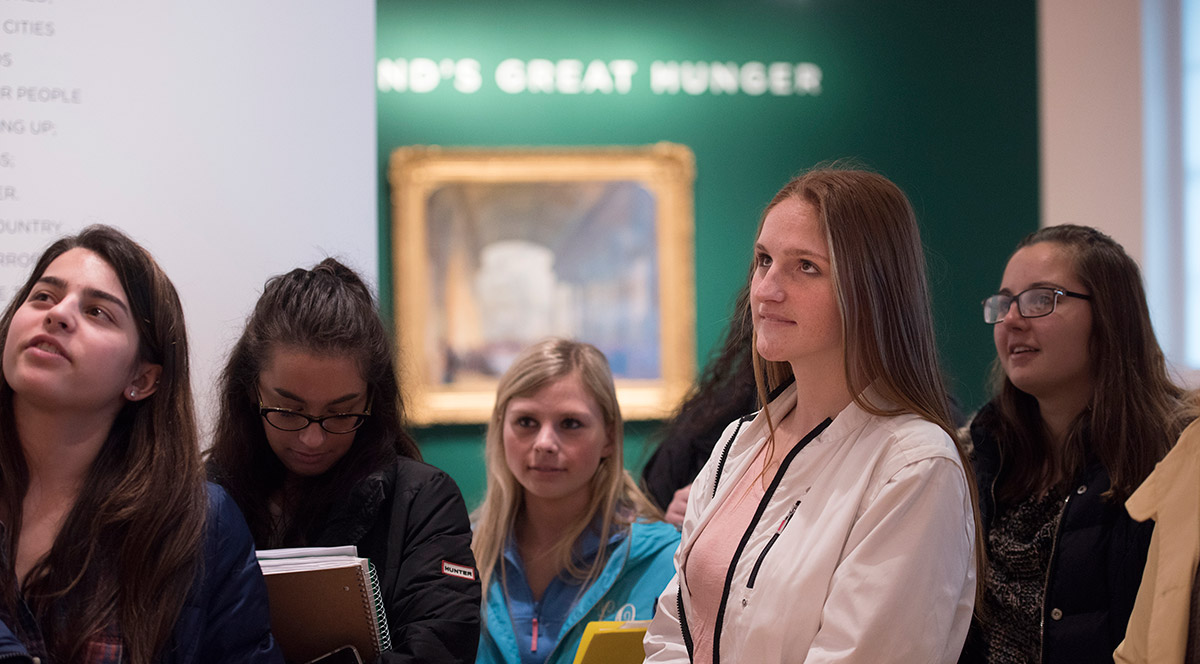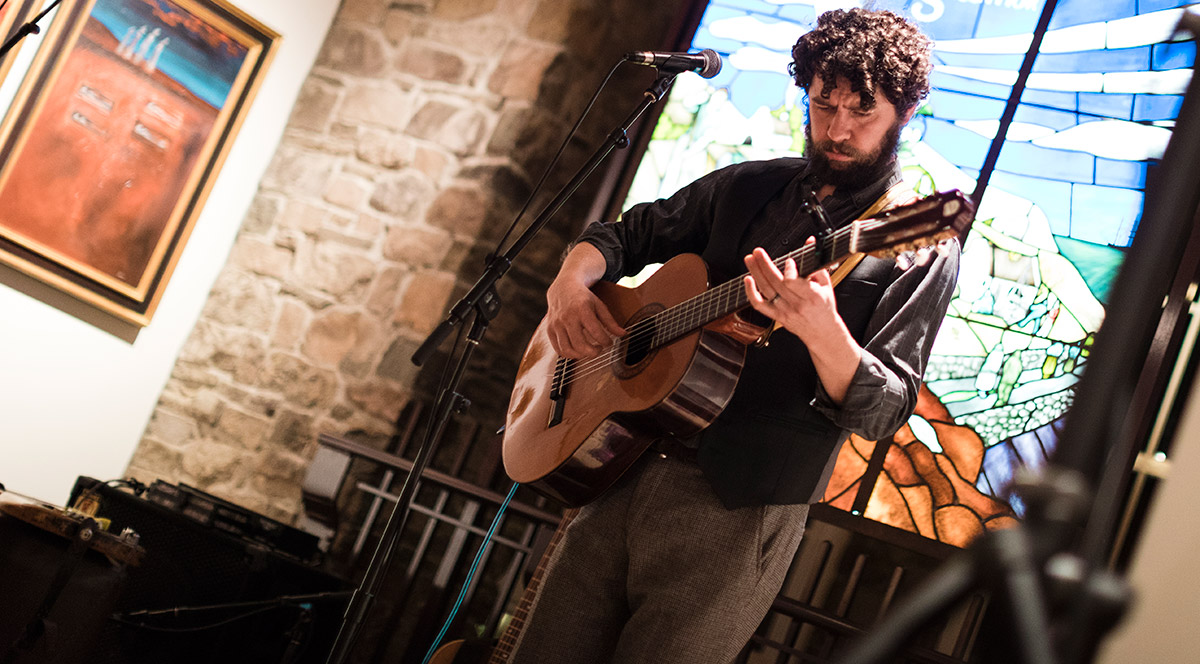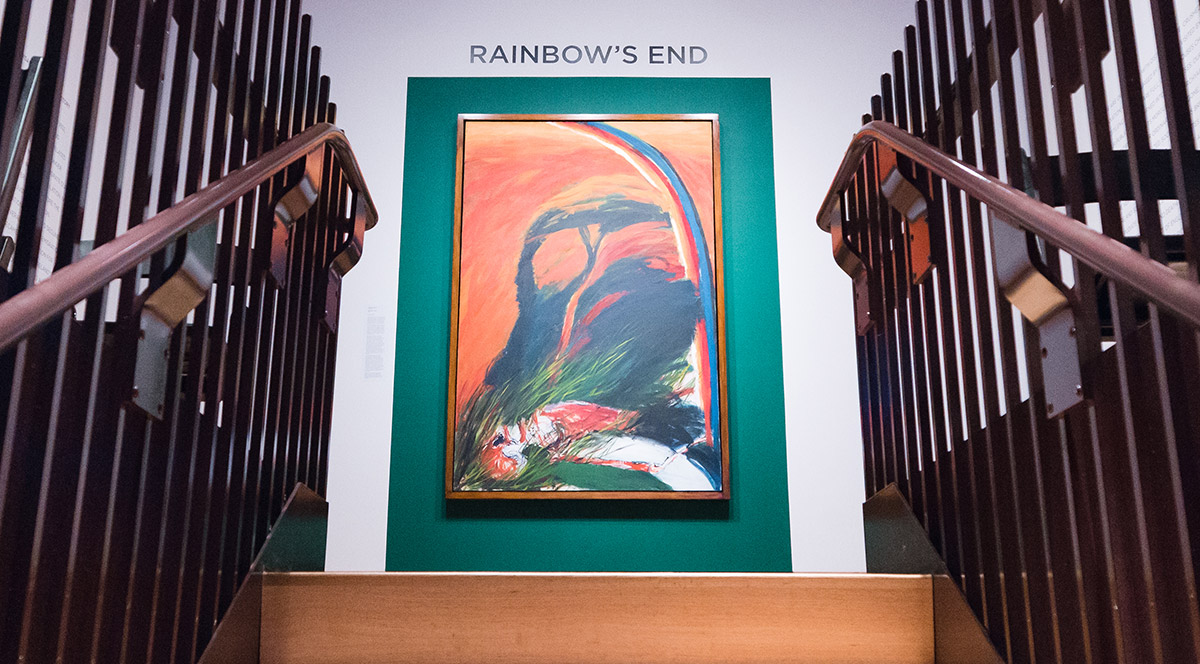Ireland: A Brief Overview
Ireland possessed its own distinctive culture, language, religion and people prior to England’s repeated invasions. During the 16th and 17th centuries, England not only conquered Ireland by military force, but under Oliver Cromwell (1649–53) and his forces, killed tens of thousands of Irish, and drove hundreds of thousands more off their land in Northeastern Ireland (Ulster). These Irish-Catholics were then forcibly relocated to rocky, desolate areas in the West of Ireland (Connaught), where the land was suitable only for the potato crop.
The land taken from the Irish-Catholics in Ulster was offered to Protestants from Scotland and England to entice them to relocate to Ireland. This policy created a sizeable group of Protestant settlers in Northern Ireland loyal to the British government. In 1695, England enacted a series of Penal Laws that denied civil and human rights to Irish-Catholics, and for all practical purposes outlawed the Catholic religion in Ireland, the religion of more than 90 percent of the Irish population. Ireland’s Gaelic language also was outlawed.
Finally, the 1801 Act of Union abolished the independent Irish Parliament and officially made Ireland part of the United Kingdom. As a result, all of Ireland was governed by the British parliament in London during the Great Hunger (1845–52) and the years following, until 1921 when the Anglo-Irish Treaty divided Ireland. Of the 32 counties that make up the island of Ireland, 26 eventually became the independent Republic of Ireland in the wake of 1948 legislation, while the 6 counties that make up Northern Ireland, remain part of the United Kingdom.
Top image: Lest We Forget (detail)

